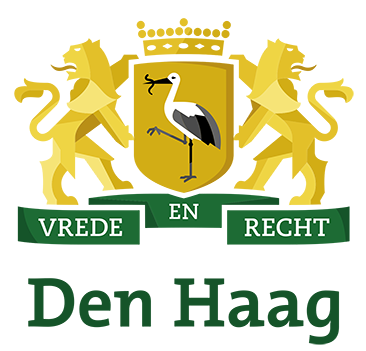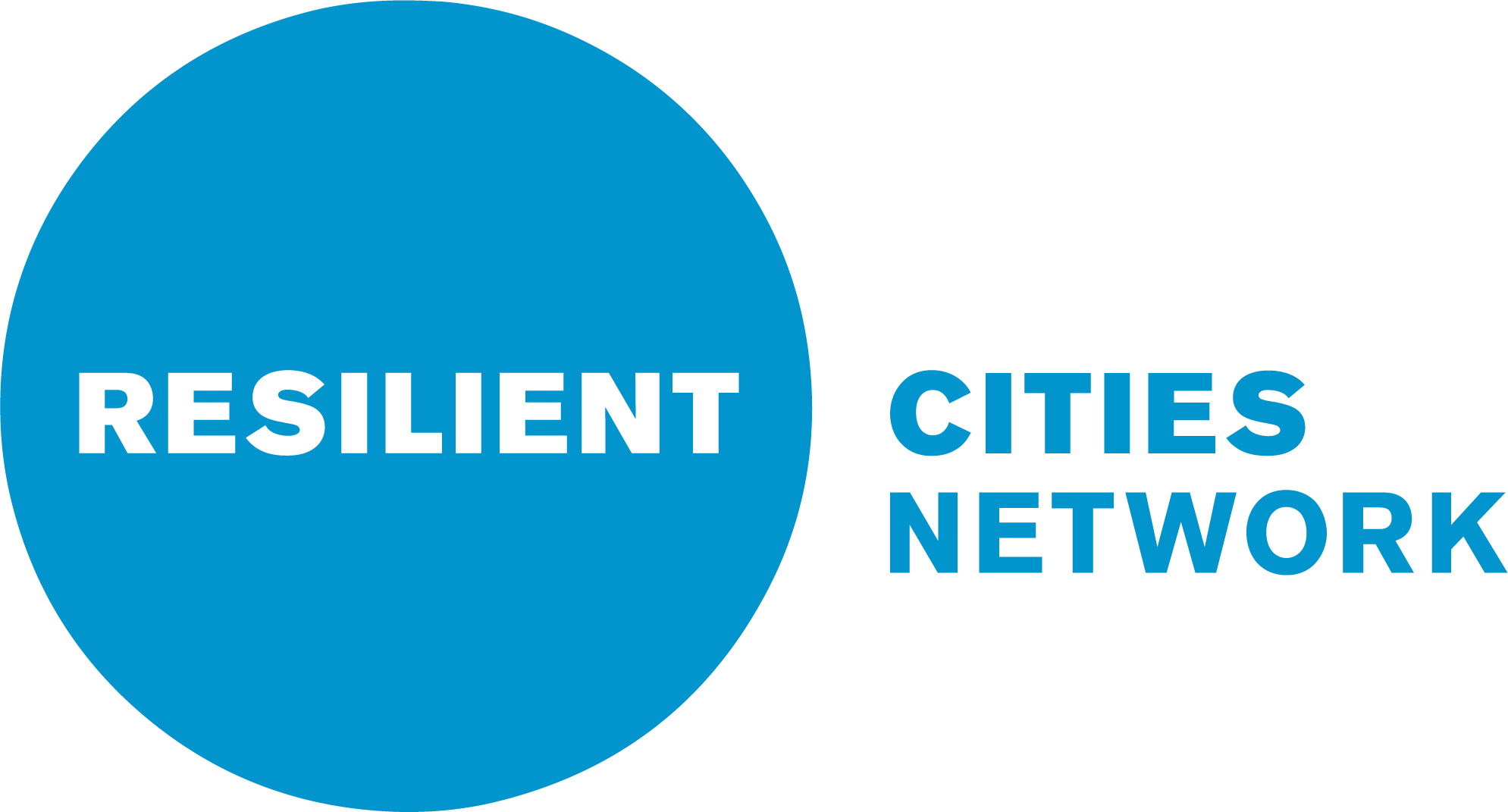Why urban resilience?
Today, 55% of the world population is living in urban areas, a percentage which is projected to be 68% in 2050. Not only are cities growing, they are also becoming increasingly interdependent. The effects of events in one place can be felt around the world.
This rapid urbanisation has many benefits for efficiency, as well-functioning cities can provide employment and other opportunities for large numbers of people. However, as more human and economic resources concentrate in cities, the potential consequences of unexpected events become even greater, and when managed poorly, the urban environment and quality of life can suffer.
Member Resilient Cities Network
The Hague is no exception to this. Despite the strength and durability our city has demonstrated in response to crises over many centuries, the interconnected and rapidly evolving world also presents The Hague new challenges and enlarged threats.To cope with this, The Hague became a member of the Resilient Cities Network (RCN) in 2016, pioneered by the Rockefeller Foundation. This network helps cities around the world to prepare for the physical, social and economic challenges of the 21st century. The video on the right explains why it is so important to be busy with the future now.
Resilient
RCN defines urban resilience as: "the capacity of individuals, communities, institutions, businesses, and systems within a city to survive, adapt, and grow no matter what kinds of chronic stresses and acute shocks they experience."
Resilience Strategy
The Hague Resilience Strategy has been released. The Resilience Strategy of The Hague will be presented on 6 June 2019. The strategy helps our city to strengthen the resilience of residents, communities, institutions and companies and systems so that they are more resilient to future shocks and stresses. A resilient city is not only prepared to survive shocks and stresses, but is also capable of growing and flourishing afterwards. If we now invest in resilience and do not wait until fate strikes, we can take advantage of the investments in both good and bad times. By investing in greenery in our city, for example, we reduce our vulnerability to heat waves and heavy rainfall and our air is purified and the city becomes more attractive, which improves our quality of life.
PRA
In preparation for the strategy, The Hague published the Preliminary Resilience Assessment (PRA) in January 2018.
Southwest Research
As part of the strategy development, Columbia University from New York has conducted research in The Hague Southwest how the Leyenburg corridor can contribute to a strong and resilient neighborhood where everyone can participate.


